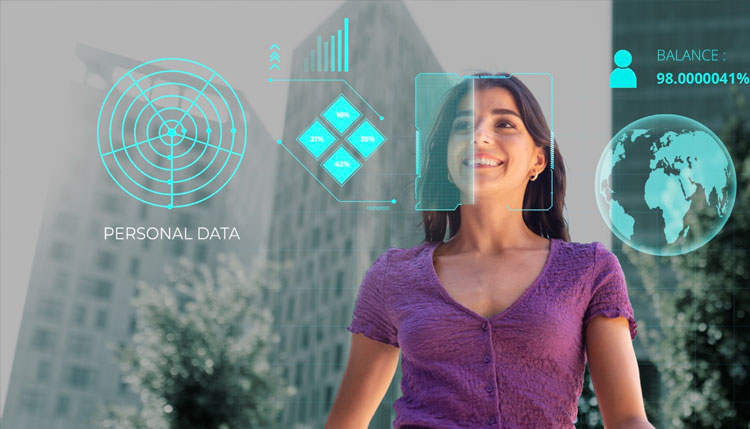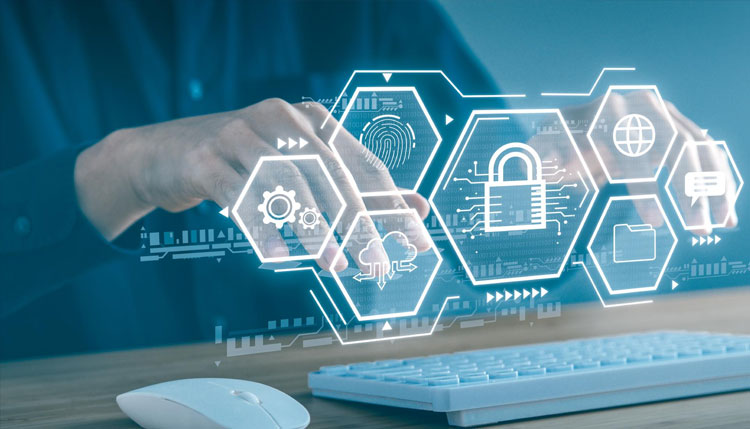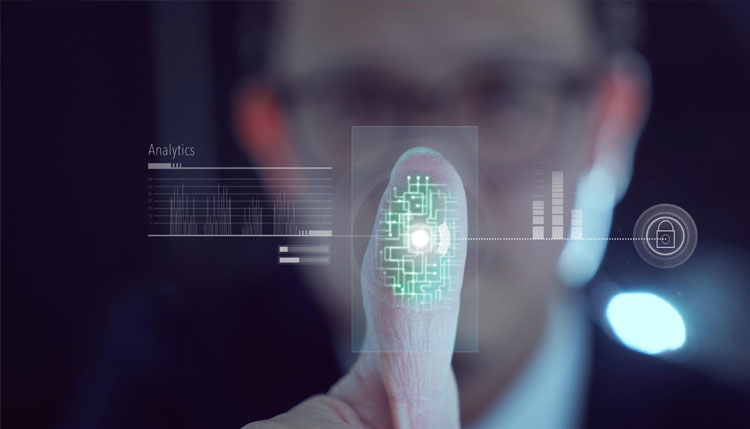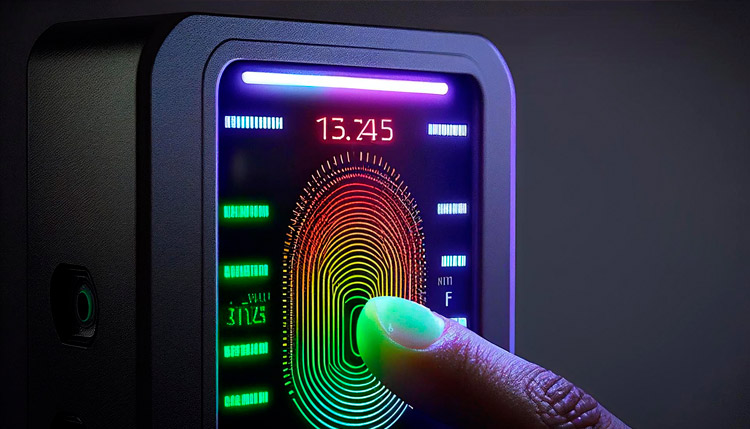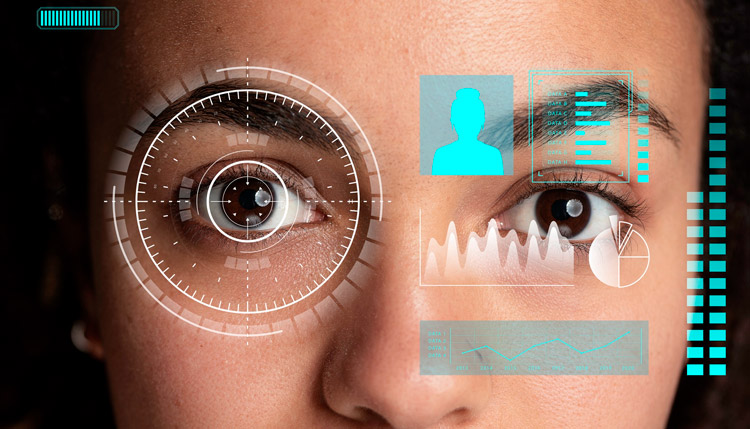
Behavioral Biometrics – A New Approach to Biometric Authentication and Biometric Security
User authentication is necessary in today’s world. As billions of people use the internet, the need to increase security for them grows as well. The internet is a huge resource where it’s entirely possible for someone to be anonymous, to fake an identity, or to scam someone.
That is why behavioral biometrics have been gaining traction in recent years.
What is Behavioral Biometrics?
Behavioral biometrics is a form of security authentication. It analyses a person’s habits, personal ticks, and behavioral patterns to determine user identity.
Behavioral patterns are a secure and noninvasive way to complete user authentication without actively engaging with the viewer. More businesses and industries are starting to adopt behavioral biometrics as well. And the results of some existing applications show that behavioral biometric security has a strong foundation to sustain its future.
Behavioral Biometrics: How can behavioral patterns help verify user identity?
There are various kinds of behavioral biometrics. Analyzing the typing style of a person is a way to use behavioral biometrics Every person has a different typing style. Whether you’re writing on your smartphone, typing on the keyboard of your personal computer, or using a laptop – your typing style will always be unique to you.
Behavioral biometrics software can analyze your typing style to understand who you are. If the typing style does not match – then the user authentication won’t happen.
Another industry that has seen in increased implementation of behavioral biometric security is the banking and finance industry.
Behavioral biometric security and physical biometric security
The most widely used biometric security application are fingerprint sensors. Smartphones, for example, use fingerprint recognition as a way to determine user identity. Many smartphones also use facial and voice recognition security features.
Businesses also utilize behavioral biometrics. Not only does behavioral biometrics provide increased security, it’s also a great way to tell if a user is human or a bot.
But unlike a physical biometric security device like fingerprint sensor or voice recognition, behavioral biometric analyzes the user’s behavior patterns.
Why is behavioral biometrics necessary?
With behavioral biometrics, the user can go about their day without having to interact with anyone during user authentication. The need for user authentication has grown greatly. If important financial or business transactions happen wirelessly over the phone, then they have to be protected. Since behavioral patterns are so unique to people, it’s a great way to use those patterns to passively grant user authentication.
For more information, please write to info@trueid.in or visit www.trueid.in

